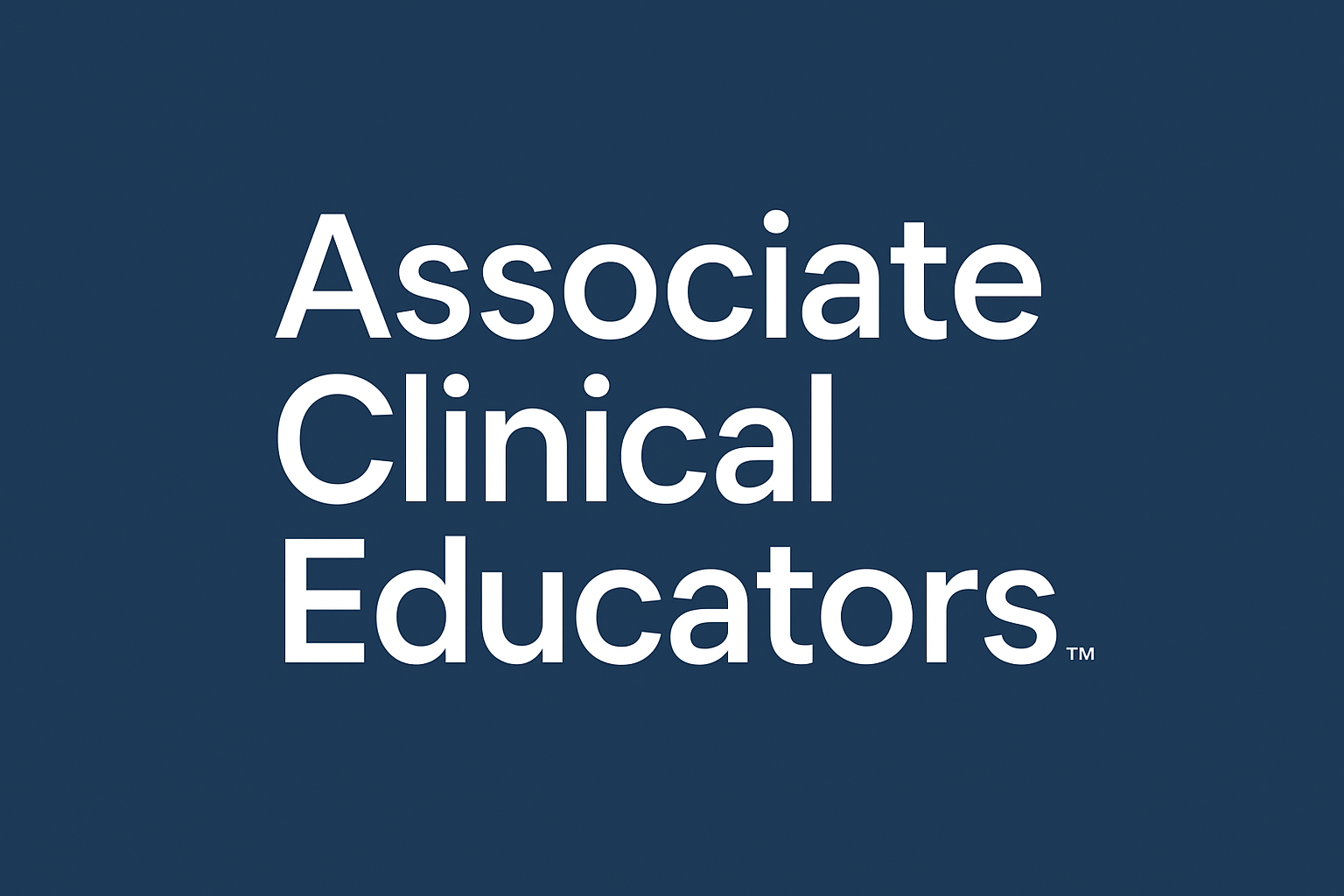Kate Straughton On Working With ACEs & Training Student Physician Associates
Kate Straughton is one of the senior lecturers with the Physician Associate Programme at the...
Read MorePosted by R Spour | Nov 22, 2021 | Associate Clinical Educators, Meducate Academy |
Kate Straughton is one of the senior lecturers with the Physician Associate Programme at the...
Read More